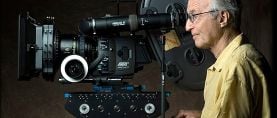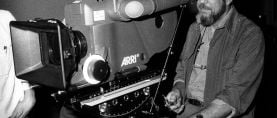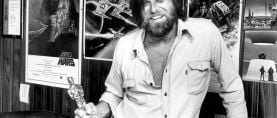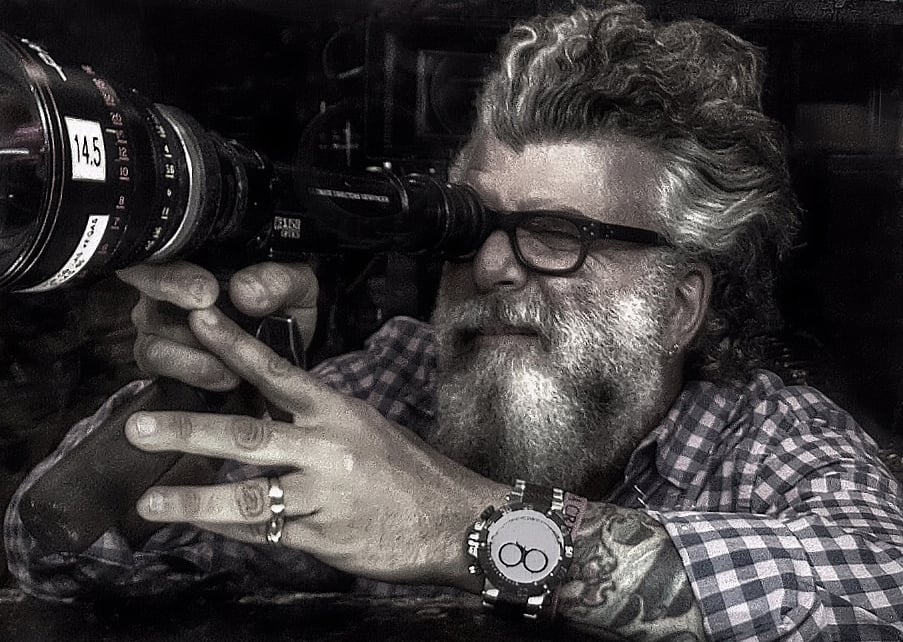
Crescenzo Notarile, ASC, AIC: From Inspiration to Artistry
Tracing the cinematographer’s path from his childhood in Brooklyn to the big screen.
Crescenzo Notarile, ASC, AIC, was raised in Brooklyn, N.Y., by Italian immigrant parents who were artists; his father was a painter and a famed art director, and his mother was a sculptor and interior designer. After studying filmmaking at New York University and the New York Institute of Technology, where he earned a BFA, Crescenzo worked as a PA at his father’s ad agency and then joined IATSE Local 644 to begin his career.
More than 40 years have passed since then, but Crescenzo points to some of his earliest professional credits as his favorite experiences. “They stand out because they still inspire a powerful emotional response in me,” he says. “I was very impressionable, and I was experiencing new worlds. My eyes and creative heart were like a sponge.”
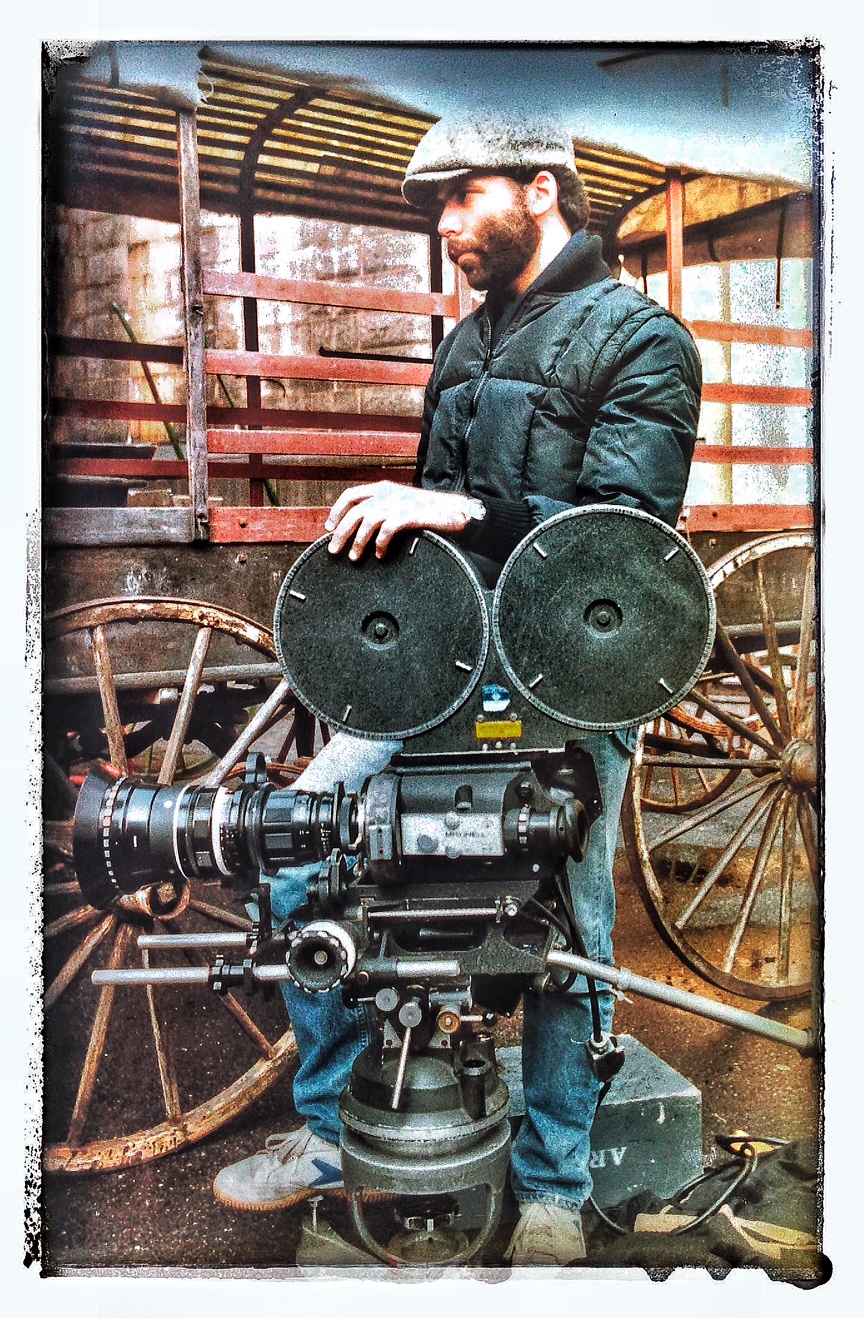
Sergio Leone’s Once Upon a Time in America (1984), shot by Tonino Delli Colli, AIC, was seminal both professionally and personally. “That’s when I made my transition from camera assistant to camera operator, and being behind the lens on that film was a blessing,” Crescenzo says. “Working with the Italian crew reconnected me to my Italian heritage, and I became very close with them. There was an undeniable ‘sympatico.’ We worked together many times after that, and as a result, I became an AIC member after I was sponsored by the legendary Dante Spinotti, ASC, AIC.”
A few years later, Crescenzo found himself traveling the world on a private Lear jet to film Pink Floyd’s A Momentary Lapse of Reason tour (1987-88) for director Larry Jordan. “We were bringing that art form to the highest level,” says the cinematographer, who shot live performances, behind-the-scenes footage, and conceptual films that were sometimes rear-projected onstage. “A particular moment from the concert at the Palace of Versailles in France stands out: It was night, and I had 14 Panavision cameras rolling. Working handheld, I put myself onstage with Pink Floyd’s lead man, surrounded by 360 degrees of light and lasers. When the group started playing ‘Comfortably Numb,’ I took my eye off the eyepiece to look out into the audience, take a breath, and retain that image in my head like an eternal photograph. It was glorious and life-changing!”
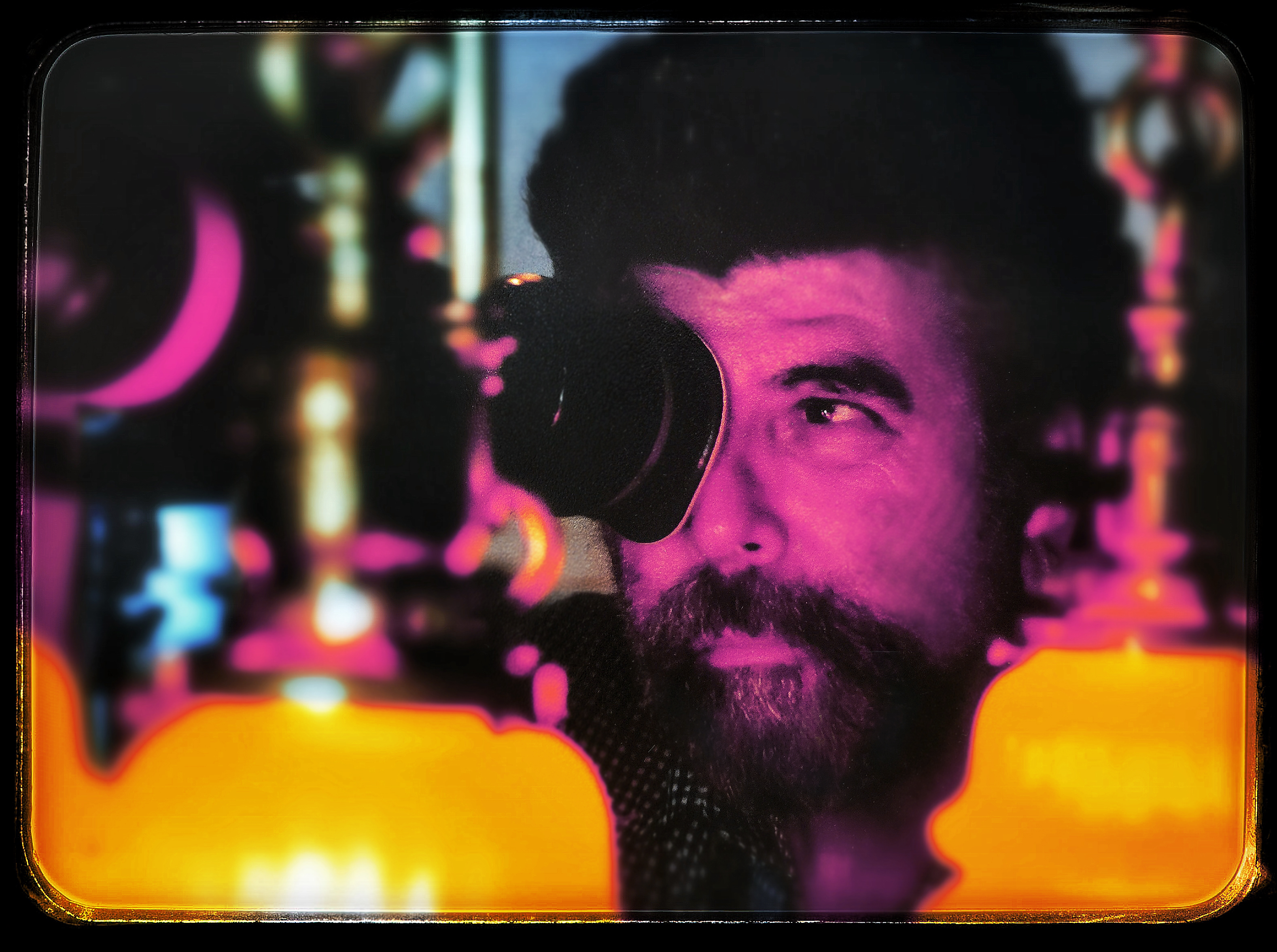
Like many young cinematographers, Crescenzo found shooting music videos during MTV’s heyday creatively liberating. “You could explore and invent and not be afraid to make a mistake,” he says. The video for Enigma’s “The Eyes of Truth” (1994), directed by Julien Temple, took him to India and Nepal. “There I was, a boy from Brooklyn, riding an elephant in India and shooting a music video! We took a helicopter to the top of the Himalayas to shoot a scene. I looked out the window as we were landing and saw all these little kids running out of their huts in the blinding snow to greet us. During the shoot, I took Polaroids of the kids, and the expressions on their faces when they saw the photos were beyond words — they’d never seen themselves before from that perspective, because there are no mirrors up there.”
Crescenzo was among a team of cinematographers on the Michael Jackson project Moonwalker (1988), directed by Jerry Kramer; the others were Robert Collins and ASC members Tom Ackerman, Frederick Elmes and John Hora. “That’s the first time I really understood what the ‘It Factor’ was,” he recalls. “At one point, I was shooting a close-up portrait of Michael with my 400mm lens while we were between takes, and as I looked through the lens, he was just standing there — motionless and unblinking — and I saw such sadness in his eyes that I was entranced. Then we called ‘Action,’ and he came alive as a different person, just like that.”
Another collaboration with Temple, the cult-classic crime drama Bullet (1996), also stands out for Crescenzo. “It was my first feature as a DP, and I learned the discipline of storytelling, screen continuity, pacing, and all stages of filmmaking from preproduction to post. It also taught me how to light actors hitting their marks — and to be prepared for actors not hitting their marks! Mostly the experience taught me that in photographing a story, you must be true to that story, setting aside your visual indulgences so they won’t distract from it. Most of all, I learned fast that without a cinematographer, you don’t have a film, no matter who’s acting in it or how great the script might be. You need visual execution, or you just don’t have a film.”
Crescenzo recently published a book of his fine-art photography, entitled Nude.
AC has covered the cinematographer's work on the series Gotham and Star Trek: Discovery.
